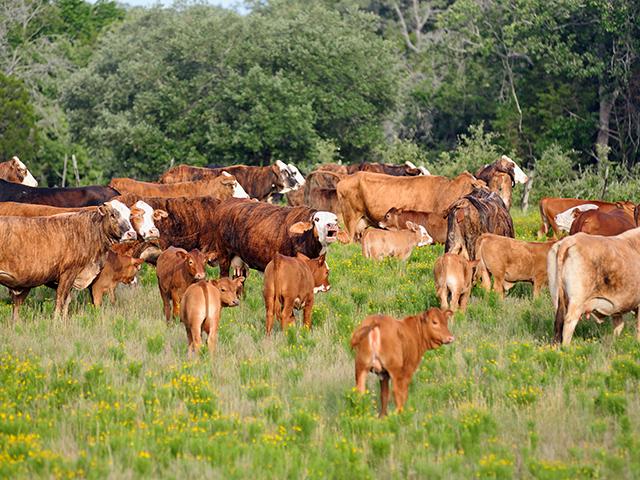Ask the Vet
Common Causes of Abortion in Cow Herd
READER: We raise cattle in Tennessee and have been having issues with abortions in our fall-calving herd. This past fall, we had three abortions. All heifers get two rounds of a modified IBR, BVD, PI3, BRSV with lepto. The whole herd gets CattleMaster VL5 once a year. We have a hayfield that we mow for a first cutting, but we use it as pasture after that. That seems to be when our problems started. Could this be something they are eating?
Dr. McMillan: Certainly, there are plants that can induce abortion. Ponderosa pine needles, locoweed, broom snakeweed, moldy sweet clover and many types of grasses and weeds that accumulate nitrates have been linked to abortions. That said, infectious agents are the most commonly identified causes of abortion in cattle.
Even in the best-managed herds, a 1 to 2% abortion rate is considered normal. Some have even suggested 5% as acceptable, but I get concerned at anything over 1%. Each producer must decide when abortions need aggressive investigation.
Ideally, the fetus and placenta should be submitted to a diagnostic laboratory for testing. Labs may use different testing protocols but often include histopathology (microscopic exam of tissues), bacterial culture, viral isolation, PCR (polymerase chain reaction) testing and others. Paired serum samples two to four weeks apart are often used to identify changing tiers to viral, bacterial and protozoan pathogens. Even with this aggressive approach, diagnosis of abortion is difficult.
P[L1] D[0x0] M[300x250] OOP[F] ADUNIT[] T[]
Abortions are usually caused by an event that occurred weeks or months prior to when the fetus is expelled. What caused the abortion may no longer be present, and toxic, nutritional, hormonal and genetic causes are often not detectable in fetal tissues. Additionally, the fetus is often in an advanced state of decay, which makes testing difficult at best. The placenta, which is extremely valuable in making a diagnosis, is often not found or submitted.
I have never seen any study where a cause was found in over 50% of the cases, and most report finding the cause about 20 to 30% of the time.
In a study of almost 3,000 cases done in South Dakota, the most common causes were nonspecific placentitis (28%), pus-forming bacteria (6%), fungal/mycotic (3%), IBR virus 3%, nonspecific bacteria (2%), Neospora (1%) and other (4%). That left 53% with no diagnosis.
Another large study from California found a much higher incidence of Neospora, a protozoan parasite. This makes clear that causes of abortions vary by location.
So, back to what to do. Your vaccine program looks very reasonable at this point. Since you are concerned about this hayfield, I would soil-test it and apply fertilizer and lime, as needed. Chemical control of weeds would also be indicated. These are solid management practices that will pay dividends in any case.
Any other changes to management or your vaccine program should be strictly based on consultation with your herd veterinarian and on lab results.
**
> Please contact your veterinarian with questions pertaining to the health of your herd. Every operation is unique, and the information in this column does not pertain to all situations. This is not intended as medical advice but is purely for informational purposes.
> Write Dr. Ken McMillan at Ask The Vet, 2204 Lakeshore Dr., Suite 415, Birmingham, AL 35209, or email vet@progressivefarmer.com.
[PF_0421]
(c) Copyright 2021 DTN, LLC. All rights reserved.



